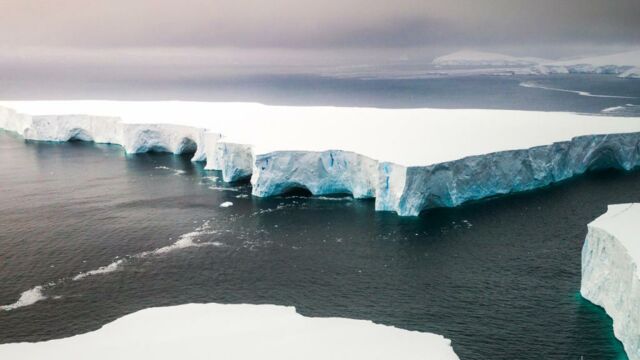This Friday 26, an extraordinary event took place. Indeed, according to data collected by British scientists, an iceberg the size of London's or Paris' metropolitan area broke away from Antarctica, splitting off from the massive Brunt Ice Shelf, which regularly calves off smaller icebergs.
Discover our latest podcast
'It's either going to run aground, or...'
The block of ice which broke off measures nearly 1,270 square kilometres—an immense expanse of sparkling ice and snow. What will become of it? According to Jane Francis, director of the British Antarctic Survey:
Either the iceberg will move away, or it will run aground and stay.
But there is a reason why this iceberg is causing so much debate. It is because it may become dangerous for a British base located just twenty kilometres from the breaking point.
The iceberg could drift to this station named Halley VI but, though fortunately, no lives would be jeopardised since the twelve people who work there were evacuated a few days ago, by plane. Jane Francis said that her teams monitor the advance of the fault lines 'daily' thanks to 'an automated network of high-precision GPS instruments around the station.'
Our teams have been prepared for years for an iceberg to detach from the Brunt ice shelf.
And now? Close monitoring?
This way, the alarm could be given early enough concerning this immense detached section of ice, so that no one was there at that time. Moreover, in 2017, the British Antarctic Survey had already decided to reduce its presence there and to travel a few kilometres further to avoid any risk associated with an iceberg. Simon Garrod, Director of Operations, has more to say about the future of their mission:
Our job now is to closely monitor the situation and assess any potential impact of fracture on the remaining ice shelf.
More information and images in the video at the top of our article.















